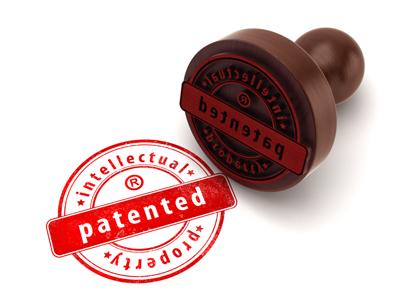|
Created on December 30, 2014 |
Helping small businesses and independent inventors with limited resources is an important goal of the United States Patent and Trademark Office (USPTO), and supports the Administration’s commitment to balance the playing field for all entrepreneurs looking to innovate. It also supports the White House executive actions issued to improve the patent system.
One of those executive actions aims to expand coverage of the Patent Pro Bono Program to all 50 states, and I am pleased to announce that we are making great strides towards bringing pro bono assistance to inventors across the country.
Because patents fuel our economy and stimulate job creation, the USPTO wants to make sure the patent system is accessible to all. With this in mind, the USPTO works with intellectual property law associations and local bar associations across the country to help them establish pro bono inventor assistance programs in their specific regions.
The Patent Pro Bono Program provides free legal assistance to under-resourced inventors and small businesses interested in securing patent protection for their inventions. By working closely with these associations, we are spreading the word about the importance of intellectual property and USPTO services, and in turn supporting the innovation economy.
Currently, patent pro bono assistance is available in Alaska, Arizona, California, Colorado, the District of Columbia, Hawaii, Idaho, Louisiana, Maryland, Massachusetts, Minnesota, Montana, Nevada, New York, North Carolina, Ohio, Oregon, South Carolina, Texas, Virginia, and Washington. To establish coverage in the remaining states, the USPTO has formed a Pro Bono Team which is working with non-profit organizations and local bar associations to devise strategies for providing the needed assistance.
Please join us in this worthy effort and help support American innovation by contacting the Pro Bono Team at PatentProBono@uspto.gov. The USPTO values assistance from stakeholders and partners in these important efforts, because strengthening our patent system is something we will accomplish together.
Let me tell you a little more about how the Patent Pro Bono Program works. Independent inventors may apply to receive pro bono attorney representation in one of two ways – either through the National Clearinghouse administered by the Federal Circuit Bar Association or by contacting the regional program in their state. Program requirements vary, but generally, they require that:
-
the inventor reside in a participating state;
-
earn less than a gross household income limit;
-
demonstrate minimal knowledge of the patent system; and
-
have an invention to patent (as opposed to a mere idea).
If an inventor meets these requirements, and any other ones set by the regional program, then the regional program will attempt to match the inventor with a local volunteer patent attorney to represent the inventor.
I want to acknowledge the success that the Patent Pro Bono Program has had thus far. Minnesota was the first state to setup a Patent Pro Bono Program in 2011, and since then, Minnesota volunteer attorneys have helped 14 Minnesota inventors secure patent protection for their inventions. Additionally, 35 other Minnesota inventors, represented by Minnesota volunteer attorneys, have patent applications pending before the USPTO. These results are testimony to the utility and need for the Patent Pro Bono Program.
I’m excited to announce that on November 18, 2014, the State Bar of Michigan’s Intellectual Property Law Association and Pro Bono Initiative kicked off the Michigan Patent Pro Bono Program at the Elijah J. McCoy USPTO Satellite Office in Detroit. Stay tuned as we expand the Patent Pro Bono Program to more states.
The Patent Pro Bono Program serves a vital role in the marketplace of innovation. Visit our website for more information on how to volunteer to represent an under-resourced inventor.
Posted at 6:15 AM
Innovation



